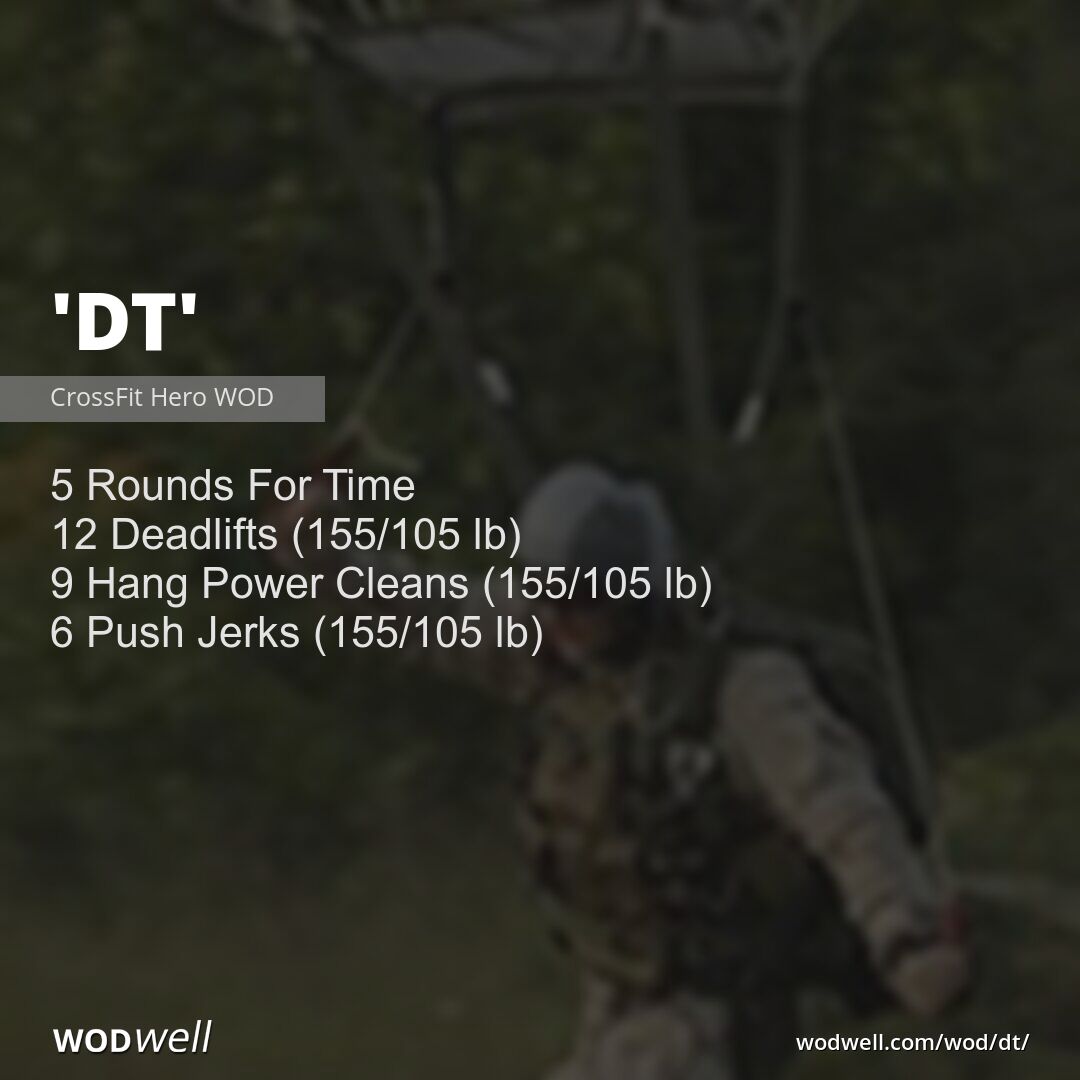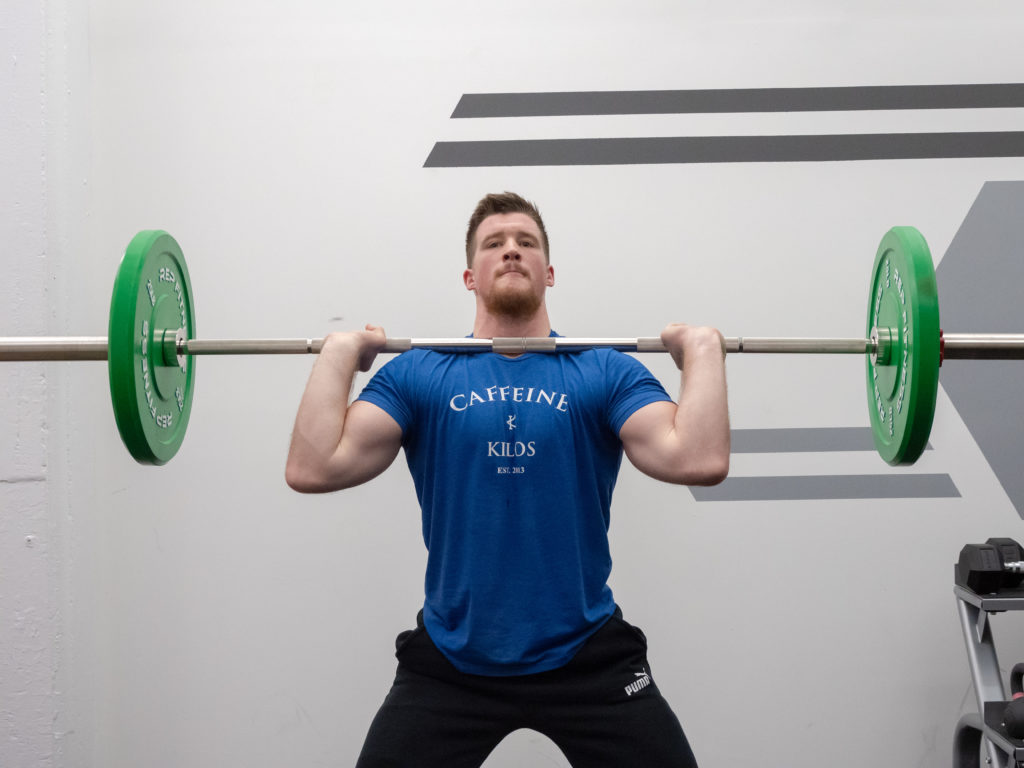

There’s no sense in going too heavy too soon. Proper execution in both clean and the jerk relies heavily on timing, positioning, control, and force output. Neglecting the natural progression will result in injury or developing bad habits. If you’re new to Olympic lifts or you don’t know of your 1RM, a good solution is starting light to warm up and reinforce the technique and then gradually work up to heavier weights that still allow for quality and consistency.įor many novices, this will probably mean starting with a PVC pipe and working up to an empty bar. Lifts will usually be in sets of 2 to 5 reps with rest in between. Training above 90% should not be done often and is usually reserved for competition or new PR attempts. This offers a tougher intensity stimulus, but the lifter should still be able to control the load well. Strength and accumulation training happen within a 70 to 85% range. You should also stay within this range when performing reps at high volume (like in workouts) to ensure that you will be able to move with good form even while fatigued. The lifter will be able to control the weight, move consciously, and apply necessary corrections to the lifts. When working towards improving the speed or technique of Olympic lifts, you’ll usually want to stay within 50-70% of your 1RM snatch or clean and jerk. While WOD’s tend to have a prescribed weight (with the option to scale as necessary), most training plans are programmed with percentages relative to your PR. Your one RM or personal record (PR) lift refers to the maximal load with which you can perform any exercise. Many training plans are programmed taking into account your one rep max. If we always train them together, the stronger lift will always be limited by the other or the weaker lift will be overloaded.īy isolating the clean from the jerk, we can train each of the lifts within a load range that will allow us to make progress. This is because usually an athlete will have either a stronger clean or a stronger jerk. In fact, off the competition platform, it’s quite typical to train these two lifts separately. It’s not always necessary to perform the lifts in sequence. A solid clean helps to set up a successful jerk but even then, nothing is guaranteed. Given that the clean and jerk are actually two lifts performed together, it can be challenging to execute both parts well.

#Clean and jerk how to#
How to approach learning the clean and jerk Here, we will discuss the key aspects of these two lifts and their variations with the aim of helping you to improve your understanding and technique. Due to the explosive nature of the exercise the clean and jerk is arguably one of the best exercises to develop speed and power while strengthening the hamstrings, quadriceps, low back, abdominals, shoulders, and traps.


 0 kommentar(er)
0 kommentar(er)
